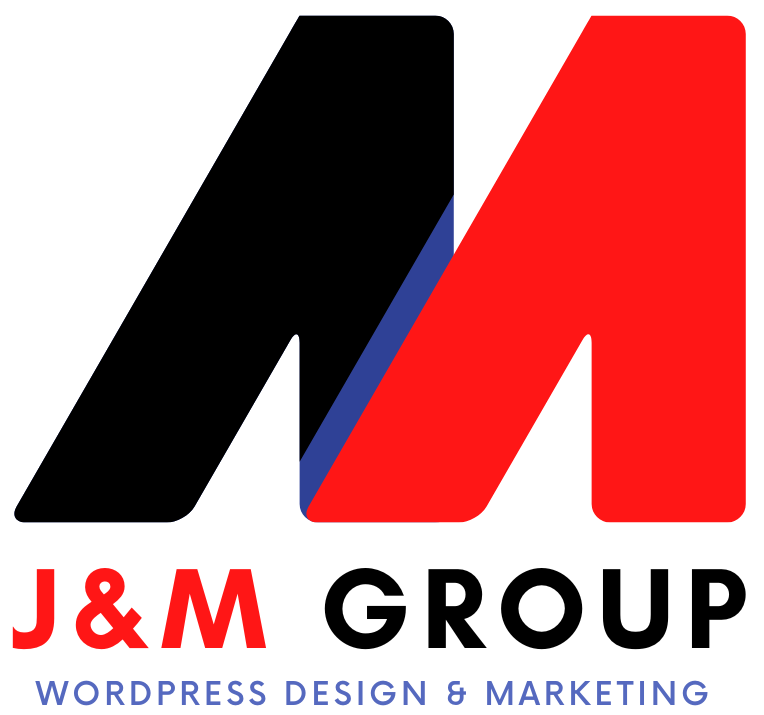
Website traffic is the lifeblood of every online business. More visitors to your website mean more potential customers seeing your products. The more people you get in front of, the more sales you can generate. So driving more traffic to a site is really a no-brainer for all businesses.
Here are the best ways you can easily do that in 2018 and beyond.
1) On-Page SEO
Start with on-page search engine optimization (SEO), considered a fundamental building block of successful websites. It’s important to ensure that your site and content are as relevant as possible to those seeking your products or services. This means going the extra mile to research appropriate keywords, create valuable content and craft captivating meta descriptions. In 2018 it’s no longer enough to post consistently and tick the boxes. You need to really nail your SEO to get (and stay) ahead of the competition.
No need to hire an SEO expert. Just install the free Yoast SEO plugin.
“On-page SEO consists of all the elements of SEO you can control best. If you own a website, you can control the technical issues and the quality of your content. We believe on-page issues should all be tackled as they’re in your own hands. If you create an awesome website, it will definitely start ranking.” — Yoast SEO
- SEMrush On Page SEO Checker
Get the list of improvements for your website for free in 5 minutes! - The Beginners Guide to Search Engine Optimization
2) Social Media Posts With Hashtags
What may surprise you is the importance of hashtags with your social media. People have become increasingly picky about the content that they consume, which means they’re turning to hashtags as a way to streamline the influx. Smart use of hashtags enables you to precisely target your ideal customer and expand your reach beyond your existing audience.
- Hashtag Generator
- Top 100 Hashtags on Instagram
- The Do’s and Don’ts of How to Use Hashtags
- The 2018 Instagram Hashtag Guide—How to Use Them and Get Results
3) Email Marketing
Still the most targeted online marketing there is … email builds loyalty and trust in your brand. Email marketing is important for building relationships with prospects, leads, current customers, and even past customers because you can speak directly to them, in their inbox, at their convenience.
Creating an autoresponder sequence that nurtures new sign-ups and develops a relationship is now an essential part of email marketing. According to a recent study, 320% more revenue is attributed to welcome emails, so it definitely pays to have some kind of autoresponder series in place.
4) Video Marketing
In a recent survey from HubSpot, 51.9% of marketing professionals confirm that video content has the highest ROI.
While large businesses have dedicated video teams for content generation, small businesses lack the money and bandwidth to build awesome videos. Creating videos are expensive and time-consuming until now!
Meet Lumen5.
Lumen5 is a free video creation platform generated from blogs and press releases. It can take me less than an hour to create a video. This includes searching for content, getting good photos, getting the right music and polishing the overall look and feel.
I have created 10 Lumen5 videos myself and here are some of them on my YouTube account. I love this free AI platform. The videos are beautiful and professional.
5) Google My Business
If you’re a local business and just getting started with your SEO, you want to always begin with the unique tool that is Google My Business (GMB.
The interface gives you the opportunity to appear in Google search and map results to increase local SEO rankings. Business owners can take charge of how their business is displayed throughout all of Google’s products and platforms, including its search engine results pages (SERPs), reviews, and instant content.
6) Put a Blog on Your Site & Post Consistently
“I have a business website, and new leads can find me through my Facebook ad campaigns. Why do I even need a blog?”
There are many reasons.
You might write articles related to your small business, which can help establish your authority in your industry. And if customers have questions, they can refer to your blog posts for answers. Further, a blog can spark a conversation between you and customers or potential customers.
One of the most common reasons that a business might create a blog is to drive traffic to their website, and for good reason—businesses with blogs receive 55% more traffic than businesses without blogs. This gives you the opportunity to advertise your company’s products or services, attract new customers, and boost your company’s bottom line.
Business blogs also help improve your website’s ranking in search results. You want your business to rank toward the top of the search results on page one, not on pages two or three. Appearing higher in searches can translate to more clicks. If you were searching something, would you want to comb through pages of search engine results?





